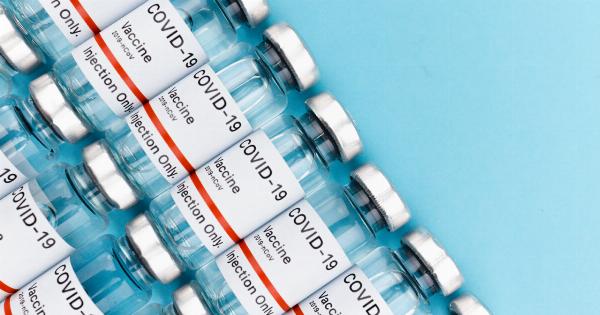Rare diseases have always been a mystery to the medical community. These are diseases that affect a very small percentage of the population, often making it difficult for doctors to diagnose and treat them.
Due to their rarity, there is often little research and funding available for these diseases, leading to poor outcomes for patients.
What are Rare Diseases?
Rare diseases, also known as orphan diseases, are defined as those that affect fewer than 200,000 people in the United States.
According to the National Institutes of Health (NIH), there are over 7,000 rare diseases that affect about 30 million Americans. These diseases are often genetic in nature, although some can be caused by infections or environmental factors.
Challenges in Diagnosing Rare Diseases
One of the biggest challenges in diagnosing rare diseases is that many of the symptoms are nonspecific, meaning they can be attributed to a number of different conditions.
In addition, many rare diseases have symptoms that don’t appear until later in life, making it difficult to diagnose them early on.
Another challenge is that there are often limited resources available for diagnosing and treating rare diseases.
In some cases, it can take years for a patient to receive a proper diagnosis due to a lack of understanding of the disease among healthcare providers.
Research Challenges
The lack of research and funding for rare diseases is another major challenge. Because these diseases affect so few people, there is often little incentive for pharmaceutical companies to develop treatments.
In addition, there may not be enough patients available for clinical trials, which can make it difficult to test the effectiveness of potential treatments.
Another challenge is that rare diseases are often very complex and poorly understood. Many of them are caused by genetic mutations, but the way these mutations affect the body can be difficult to understand.
As a result, developing effective treatments can be a significant challenge.
Examples of Rare Diseases
There are many different types of rare diseases, each with its unique challenges and symptoms. Here are some examples of rare diseases:.
Cystic Fibrosis
Cystic fibrosis is a genetic disorder that affects the lungs, pancreas, and other organs. It results in the production of thick, sticky mucus that can clog the airways and lead to lung infections.
Symptoms may include coughing, wheezing, and difficulty breathing. Cystic fibrosis is caused by mutations in the CFTR gene.
Huntington’s Disease
Huntington’s disease is a genetic disorder that affects the nerve cells in the brain. It can cause involuntary movements, personality changes, and difficulties with thinking and memory.
Symptoms usually appear in middle age, although they can develop at any time. Huntington’s disease is caused by mutations in the HTT gene.
Niemann-Pick Disease
Niemann-Pick disease is a group of inherited disorders that affect the metabolism of lipids in cells. It can lead to the buildup of lipids in various organs, including the liver, spleen, and brain.
Symptoms may include delays in development, liver problems, and difficulty moving. Niemann-Pick disease is caused by mutations in the NPC1 and NPC2 genes.
Treatments for Rare Diseases
Treatments for rare diseases can vary depending on the disease and the severity of the symptoms. In some cases, there may be no treatments available, while in others, treatments may only be able to manage symptoms.
Here are some common treatments for rare diseases:.
Enzyme Replacement Therapy
Enzyme replacement therapy is a treatment used for certain rare diseases that involve enzyme deficiencies. It involves infusing the patient with the missing enzyme, which can help to manage symptoms.
Examples of diseases that may be treated with enzyme replacement therapy include Gaucher disease and Fabry disease.
Gene Therapy
Gene therapy is a treatment that involves modifying the patient’s genes to correct genetic mutations.
This treatment is still largely experimental and is only available for a few select diseases, such as spinal muscular atrophy and certain forms of inherited blindness.
Symptomatic Treatment
For some rare diseases, there may be no specific treatments available. In these cases, doctors may only be able to manage the symptoms. This can involve a variety of treatments, including medications, physical therapy, and surgery.
Conclusion
Rare diseases pose a significant challenge to the medical community. These diseases are difficult to diagnose and treat, and there is often little funding and research available to develop effective treatments.
However, by continuing to research these diseases and develop new treatments, we can improve outcomes for patients and potentially even find cures for some of these rare and mysterious conditions.



























